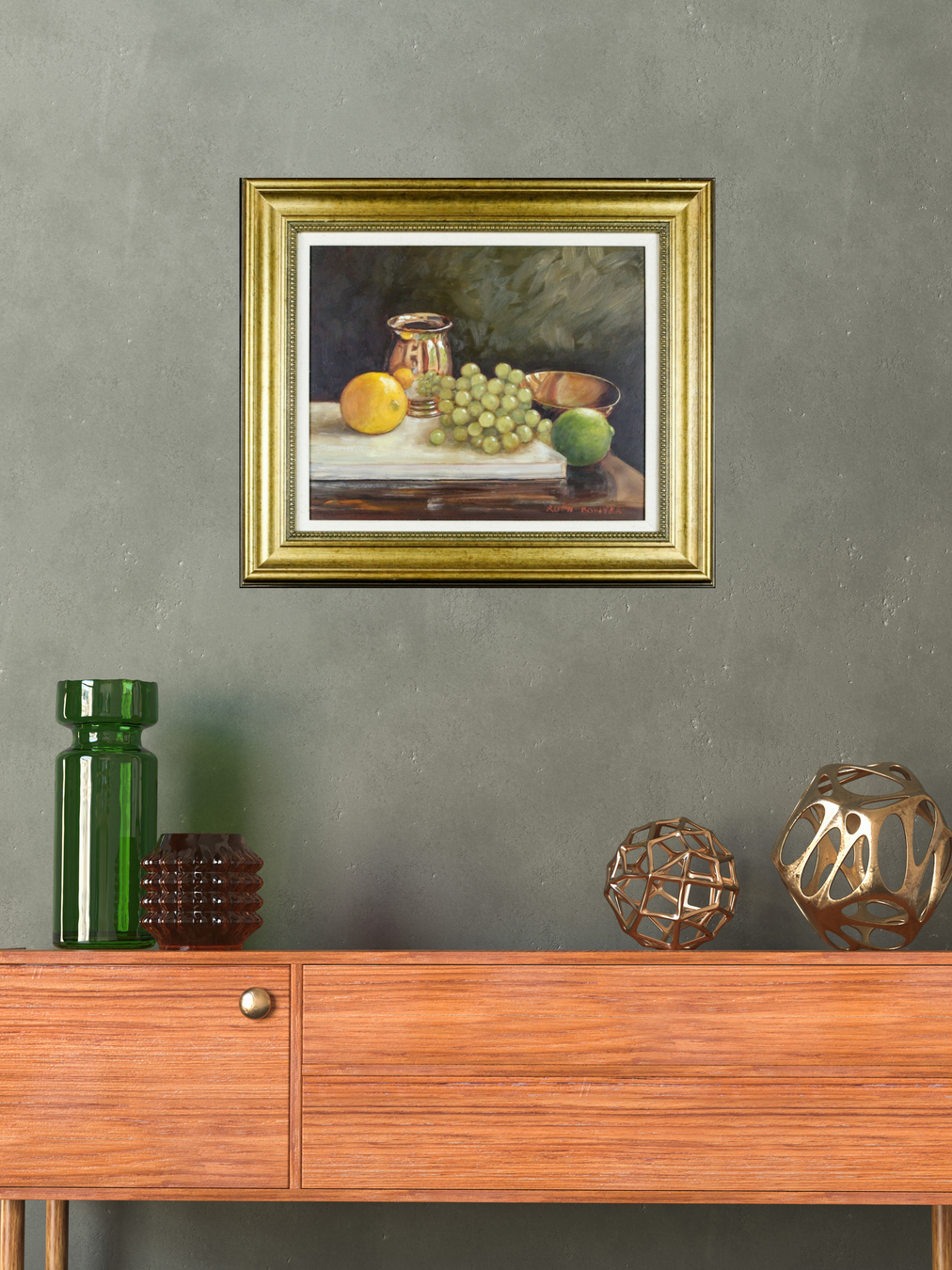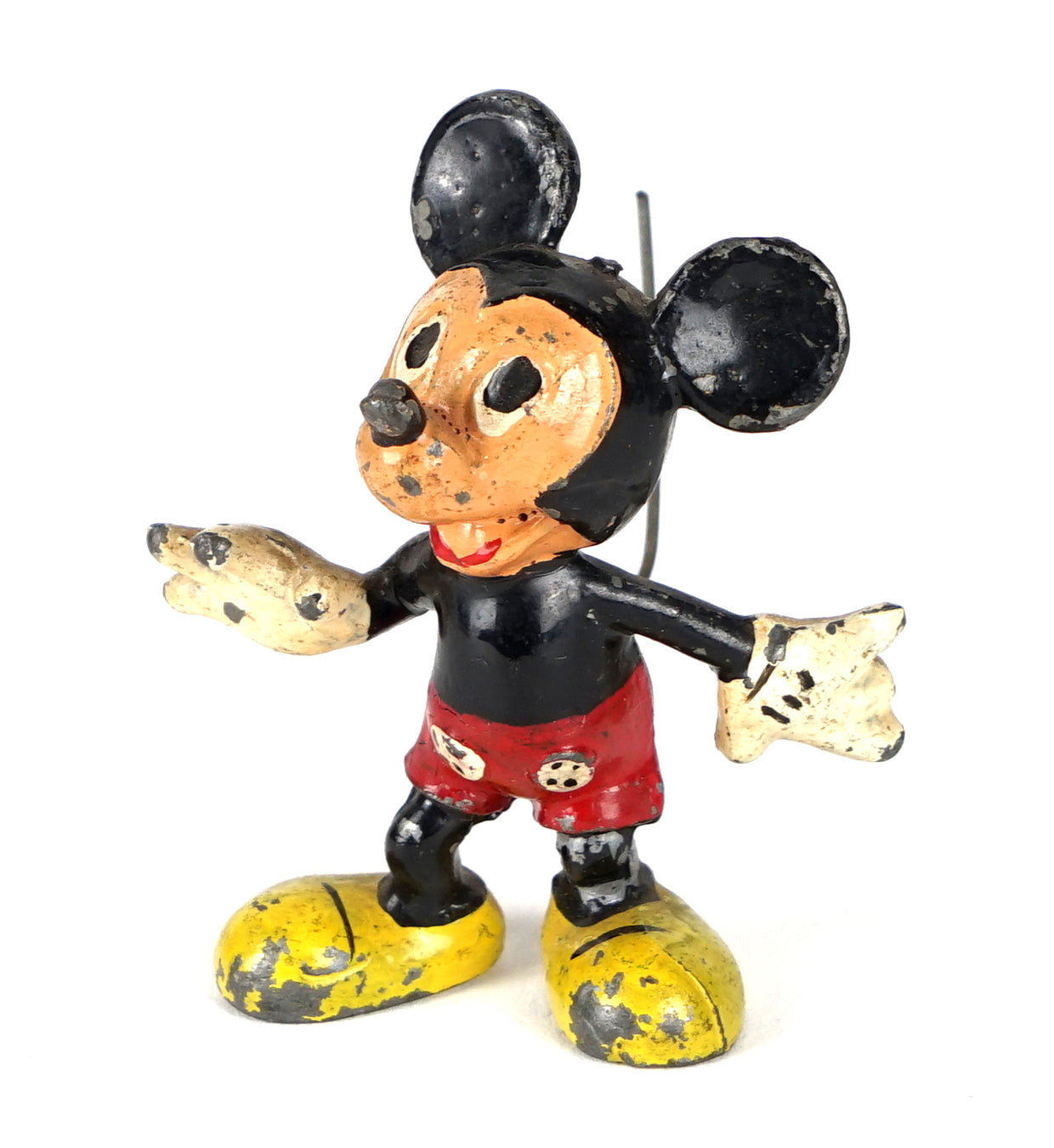Sell Your Collectables

The Lasting Appeal of Ercol Furniture
Mention the name Ercol in the UK and chances are most people will have heard of it. Mention the name Ercol to lovers of Mid-Century and Vintage design and there is zero chance that they have not. For over 70 years now this quintessentially English company has been a powerhouse of the UK household furniture market producing designs so iconic that they are instantly recognisable from their mere silhouettes.
“The customer base for Ercol is constantly intensifying. Decorators looking for pieces which compliment modern interior trends are key buyers and frequently it is a younger audience, who would not look twice at a piece of 18th or 19th century furniture, that is leading the way” says Phil Mires, founder of PM Antiques & Collectables.
Humble Beginnings
The Ercol company was started in 1920 by a 32-year-old Italian named Lucian Ercolani. Born in Sant’Angelo in Vado in Central Italy in 1888 the young Lucian came to Great Britain with his family when he was only 10 years old. They lived in Shoreditch in Central London beside one of the thriving furniture manufacturing streets at the time which would have been alive with people, carts and lumps of furniture moving between the many carpenters and shops. For the young Lucian this would surely have been an exciting place to wander, and for his family, the career prospects of a furniture maker were as good as any other.
In 1906 while working as a messenger boy for the Salvation Army Lucian secured a night school place at the Shoreditch Design School which was widely known as a stepping-stone into the furniture industry. From the beginning he showed a natural flair and his first ever design (an Art Nouveau marquetry wardrobe) was given a 3-page spread in the influential ‘Cabinet Maker’ magazine. In 1910 he was offered a place at the prestigious Fredrick Parker Furniture Company (later known as Parker-Knoll) in High Wycombe. This would prove to be an influential move for him.
High Wycombe in Buckinghamshire had always been the epicentre of the UK furniture industry. Heavily wooded in the middle ages the location was perfect for making furniture to supply London and was the birthplace of the famous Windsor stick-back chair. During the First World War Lucian had befriended and then worked for E Gomme Ltd (later to be known as G-Plan), and in 1920 decided that he too wanted to be part of that rich furniture tradition. With a small group of family and friends he set up a company named ‘Furniture Industries’, which was later renamed Ercol. For the first 20 years of its existence Furniture Industries was a safe and somewhat lack-lustre company. A look at its catalogues from that time shows that its designs were both safe and forgettable offering the usual range of leather armchairs, folding dining tables and dark stained Mock-Tudor sideboards that were common at the time. They offered keenly priced items which serviced the needs and pockets of the middle-class but lacked a sense of soul or uniqueness otherwise.

The Second World War changed Ercolani’s approach entirely. In 1944 his company was asked to supply 100,000 simple and cheap Windsor-style kitchen chairs to the Board of Trade as part of the National Utility Scheme. Investing in new machinery that would allow him to meet that demand, Ercolani also perfected a new method of kiln drying beech for use at an industrial scale. His chair design was number 4a from the Utility Catalogue and set the company down a new path towards honest simplicity.
The post-war Ercol Philosophy
The next time you find yourself drawn to a piece of vintage Ercol furniture perhaps ask yourself why? Is it because it is visually pleasing, comfortable, unfussy, of honest construction, a known brand? These are all valid observations and the fashionable mid-century atomic styling can’t be overlooked, but to really understand what has made the vintage Ercol look so enduring you have to appreciate the three key strands that were interwoven through each piece. These were honesty of construction, a new twist on tradition, and the clever efficiency of its production.
Honesty of Construction
If there is a single word which sums up Ercol during the 1950s and 60s then it might be honesty. While the designs were visually fresh and appealing, they also used only the best cuts of solid Elm and Beech for construction, crisp exposed joints, hand-finished details and a reliance on the grain of the timber as the sole form of decoration. This love for honest craftsmanship is something we have continued to prize since the post war period and Ercol’s simple organic forms and soft satin finishes certainly found support right from the start.
A New Twist on Tradition
It was Lucian Ercolani’s desire to consciously keep one foot in the past which in many ways set his company apart. Through his original range you find the humble and classic Windsor chair re-imagined many dozens of times, the simple 3-legged milking stool of old transformed into a now iconic pebble nest of coffee tables, and the classic Medieval five plank chest reimagined into sleek mid-century elm sideboards. Even the unique recessed handle that was universally adopted by Ercol tips its hat to the top Arts and Crafts makers of the past.
Efficiency of Production
To appeal to (and effectively price) items for the middle-class market Ercolani knew that his designs not only had to be memorable, but his method of construction had to be as efficient as possible too. This was something Ercol had been forced to learn with their wartime chair the 4b, but the approach would be of benefit for many decades to come.

To look through the company catalogues from the 1950s onwards it is easy to recognise the clever use of variation and repetition. For instance, the classic Windsor chair base with its 4 splayed beechwood legs and H shaped cross-stretcher was not only used for almost all Ercol chairs, but also for other items including sofas, sideboards, tables and beds. The bentwood hoop and slat back design (found in the upper part of a classic Windsor chair) was employed countless times also for chairs, sofas and beds. Ercol tables, cabinets and wardrobes all maintained the same simply planed and sanded surfaces and the same exposed dovetail joints were used on all their cabinet furniture as well. Cushions were merely buttoned and not fixed down to the frames and rubber straps by Pirelli acted as both webbing and springs on a chair. All these individual design choices not only gave any item an instant Ercol identity but kept production costs down as common elements could easy be manufactured to serve multiple designs.
In so many respects the true genius of Lucian Ercolani was in utilizing the production efficiency of bentwood furniture (just as Thonet had pioneered in the 19th Century) whilst at the same time combining it with compelling designs and a level of finish you’d normally only expect from a craftsman. Therefore, while others at the time were dabbling in chipboard, laminates and various forms of plastic, Ercol kept steadily down the path of well-designed solid timber furniture at an affordable price.
Buying Vintage Ercol Today
With over 70 years of loyal customers behind them, it is hardly surprising that there remains a strong market for vintage Ercol furniture today. Of most interest to collectors are the original Windsor range pieces from the 1950s and 60s which were only ever offered in a clear lacquer finish. Their light ‘blond’ colour, atomic legs and paired back confident curves still suit the aesthetics of today and can command good prices in well cared for or restored condition.
Ercol did also release many of the same designs at the time with a dark brown lacquer finish which they called their Old Colonial range. Beside the natural colour difference, the upholstery was far busier being festooned with animals, flowers, sailing ships and the like. Although still desirable this Colonial range usually sells for slightly less than its unstained Windsor range siblings. But whichever tone you opt for, it is common for original vintage pieces to have been refinished. Provided this has been done to a good standard it usually adds to instead of detracts from the financial value of the piece.

There are lots of iconic designs which Ercol lovers go crazy for, but by far the most sought-after items today are the Studio Couch, Stacking Chairs, room dividers, sideboards and pebble coffee tables. Even so all vintage pieces by Ercol have a loyal following as they can mix and match within our homes so well. Items produced between 1954-76 were usually labelled discretely with a small blue Ercol sticker to the underside or back, and those from 1977-95 with a gold label. Of course, it is common for these stickers to have fallen off, but even without the label most items can be quickly and easily identified as having the classic Ercol look.
In a world where we still value the bold simplicity of mid-Century design, vintage Ercol furniture not only serves as a great financial and visual investment, but through its honest construction leaves us confident that it will provide us years of dependable service as well!
Looking to Sell?
We’re always on the lookout for quality Ercol furniture to add to our range. With only a few clicks, it’s now easier than ever to request a free quotation. Visit our Sell page for more information.
Contact Us
Looking to buy antiques and collectables? Take a look at our product pages for more information and to browse our latest stock. Feel free to contact us on 01932 640113 or phil@pm-antiques.co.uk if you have any questions or enquiries.




